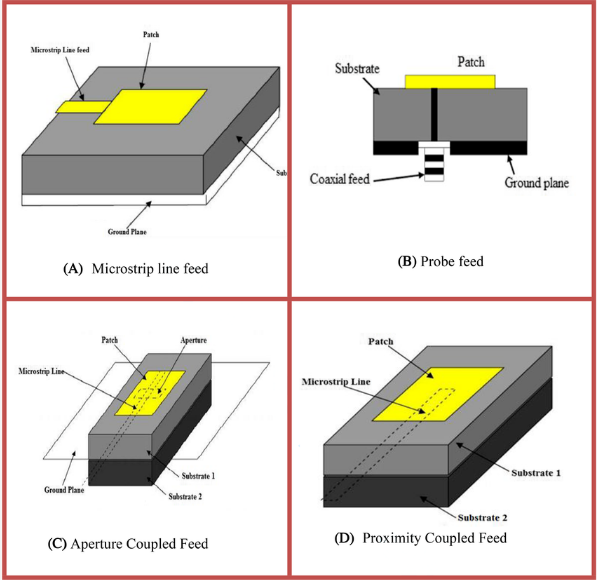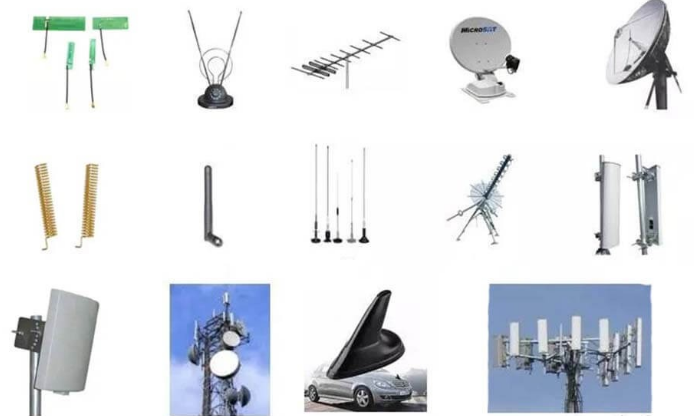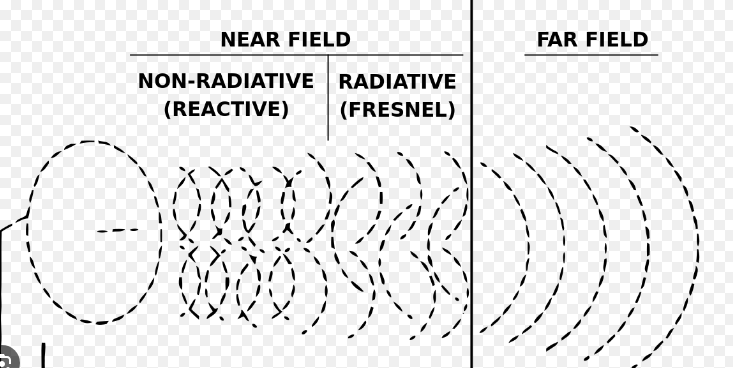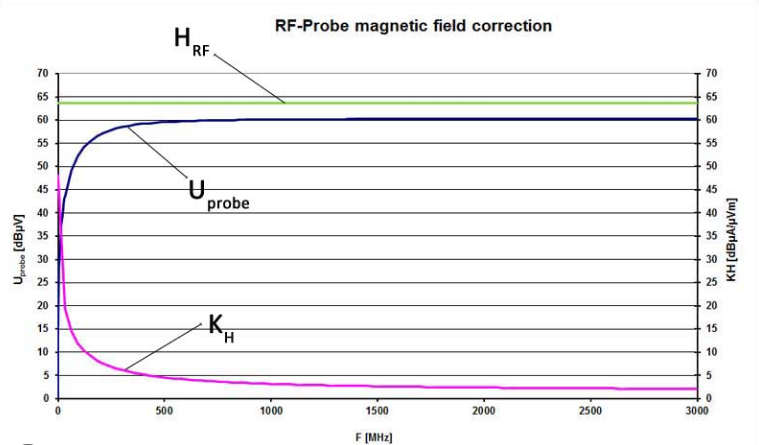The four feeding methods for microstrip patch antennas are microstrip line, coaxial probe, aperture coupled, and proximity coupled feeds, each offering unique benefits for specific applications.
Table of Contents
Microstrip Line Feed
Microstrip patch antennas are the cornerstone of many elements of modern active and passive wireless communication systems. They are used for connecting everything from smartphones to satellite communications. The method of feeding a microstrip patch antenna directly affects several critical aspects of its performance, such as the power it can handle, the overall system cost, and its efficiency. The goal of this project is to provide an overview of four common methods of feeding such antennas and discuss somewhat realistic production cost estimates of each.
The microstrip line feed method is the most common method of feeding patch antennas. It is used in applications where the overall cost of the system has to be kept low and the feeding structure cannot occupy too much space, such as smartphones and consumer-grade GPS units. The efficiency of an antenna fed in this way is generally between 50 and 60%, and its manufacturing cost is about $3 to $5.
The coaxial probe feed is commonly used in high-frequency applications, such as the aforementioned GPS units in airplanes – their antennas need to be both very efficient and impedance-matched. The leakages from the radiation pattern because of the feeding structure take up the need to be minimal, as the radiation pattern of the system needs to be controlled very precisely. Finally, the bandwidth of antennas fed like this can be c20% greater than it was with the microstrip line feed. The expected manufacturing cost increase is about $2 to $3.
Aperture coupled feed is used in applications where the feeding system’s interference needs to be minimal, such as radars. The component-wise manufacturing cost of such systems can be as high as about $10, although the superior performance justifies the cost level. Finally, the proximity coupled feed is used for wideband and multiband applications, such as satellite telephone systems, where the overall system has to work well over a very broad frequency range. Its manufacturing cost is about $15 per unit.

Coaxial Probe Feed (or Direct Feed)
The feeding method of the coaxial probe feed is often used in microstrip patch antennas since it provides the most accurate control over the feeding location and impedance. This makes it especially valuable for high-frequency applications, and, for example, vehicular GPS systems require just as strong and stable signal to ensure correct navigation data. The probe can handle relatively high powers for such an application, usually on the order of 100 watts, which ensures that the GPS antenna will work as intended even when passing in the vicinity of powerful transmitters. As opposed to feeding a patch antenna through a microstrip line, a coaxial probe, combined with a ground on the patch’s edge, improves the system’s efficiency from around 50% to 60% for a microstrip, to over 70%. This indicates that the quality and strength of the signals will improve accordingly.
When manufactured, incorporating the coaxial probe feed causes the production cost to increase slightly because the probe’s alignment and the soldering must be made with precision. However, the marginal cost of $2 or $3 per antenna is insignificant considering the direct and secondary benefits associated with the feed. The latter lies not only in the higher quality of the signals but also in the fact that after introducing the coaxial probe feed, no other modifications are needed to further amplify the signals, meaning the whole system becomes more cost-efficient in the long run. In addition to vehicular GPS systems, the use of the coaxial probe feed is also suitable for military and aerospace applications, as maintaining strong and reliable signals at the given waveform is crucial in such contexts.
Aperture Coupled Feed
Aperture Coupled Feed is an advanced way of feeding microstrip patch antennas, unique in the sense that integrating a ground plane with an aperture for coupling a broader amount of energy from the microstrip line attached to the radiating patch. This technology is particularly useful where the minimal effects of the feeding structure on the radiation pattern and characteristics are important, such as in the cases of radar and satellite communications. As the volume explains, one of the major advantages of Aperture Coupled Feed is an enhanced bandwidth of the antenna, which can typically be 25% greater than in the case of the standard Microstrip Line Feed. As a result, the feed area is wider, and there are more opportunities for communication. Clearly, with the high vagility of aerospace and weather-monitoring satellites, the ability of the antenna to communicate in a wide frequency spectrum is critical and can result in more precise monitoring and more efficient forecasting.
Referring to the costs of the technology, it requires an additional layer of ground-plane type of dielectric as well as more precision work with the placement of the aperture. In terms of the market, the cost of producing one antenna can be estimated as $7-10. This cost clearly justifies the investment into the technology taking into consideration such applications as the radar systems, where the amount of spurious radiation and required bandwidth are critical. More bandwidth contributes to a better resolution and distance determination capability, and the investments pay off when natural disasters can be predicted with better accuracy due to better measuring capabilities of the satellites planned to be released. Not only radar systems but also mobile phones and televisions benefit from more isolated feed mechanisms, contributing to fewer cases of interference.
Proximity Coupled Feed (or Electromagnetic Coupling Feed)
One of the most intriguing methods for feeding microstrip antennas is referred to as Proximity Coupled Feed or Electromagnetic Coupling Feed, a technique that effectively feeds the radiating patch through a microstrip line situated beneath it, on a different dielectric layer. This feeding mechanism is ideal for applications that demand high bandwidth and increased efficiencies with minimal spurious radiation, such as broadband internet systems and advanced communication satellites. In practical experiments, using a proximity coupled feed increased bandwidths by half compared to a simple microstrip line feed. A regular microstrip line provides a bandwidth of 3-4%. However, by utilizing the Proximity Coupled Feed, such antennas offered bandwidths of 6-8%, which is highly useful in applications such as broadband where a wider bandwidth would ensure quicker data rates and higher user intakes.
The design complexity translated into a more expensive fabrication process, as a multilayer technique needs to be applied by implanting feeds and antennas on separate substrates, hence costing an average of $12-15 more per each manufactured antenna. Although the price is higher, the benefits supplied by the Proximity Coupled Feed justify the investment as a rule using this technique results in high efficiency and a wider bandwidth, a very important factor for the target applications outlined above. In an application such as satellite communications, Proximity Coupled Feed-based antennas are able to operate in the Ku and C bands with the same efficiency levels, meaning that the satellites would provide internet access via subscriptions, in-flight travel services or other means, with the signal being transferred cleanly and efficiently thanks to a lower amount of spurious radiation generated. In urban areas, where the frequency spectra are crowded, using Proximity Coupled Feed would ensure that the final users do not experience difficulties with their internet or TV signals.







